1. Natural and geographical capital and historical heritage of the Rostov region.
The Rostov region has a favorable territorial, geopolitical, economic-geographical and transport-logistical position, including for international transit. Through the territory of the Rostov region there are transport routes connecting the center of Russia with the South, including the intersection of the main migration flows from the eastern, southern and western borders of Russia. In the Rostov region, 2 out of 5 customs are located in the structure of the Southern Customs Administration (Rostov and Millerovsk customs).
The region is characterized by relatively favorable climatic conditions for conducting business activities, including:
- temperate continental climate;
- a significant proportion of the total area is occupied by fertile soils suitable for agricultural work: chernozems make up 64.2 percent of the region's territory (4–5 percent of Russian chernozems), 20.8 percent of soils are chestnut, 7.7 percent of soils are meadow and meadow-bog soils;
- wide hydrographic network - 4,991 rivers and streams, 336 lakes, more than 5,000 reservoirs, ponds;
- the duration of sunshine - 2050 - 2150 hours per year;
- the period with a temperature above 10 ° C - 160 - 180 days per year;
- the average annual rainfall is 424 mm;
- high potential for the development of renewable energy sources (hereinafter also referred to as RES) - solar and wind energy;
- a significant mineral resource base that fully meets the needs of a number of industries: hydrocarbon raw materials (9 coal-bearing areas - hard coal (from long-flame coals to anthracites), 21 deposits - natural gas, oil, gas condensate); non-metallic minerals (514 deposits - molding sands, cement raw materials, quartzite, refractory and refractory clays, glauconite sands, bentonite clays, siliceous raw materials, building sands, building stones, brick raw materials, building lime, zeolites).
The rich historical and cultural heritage of the region (more than 1,500 monuments of architecture, history and monumental art; more than 9,000 archaeological sites) creates the basis for attracting tourist flow.
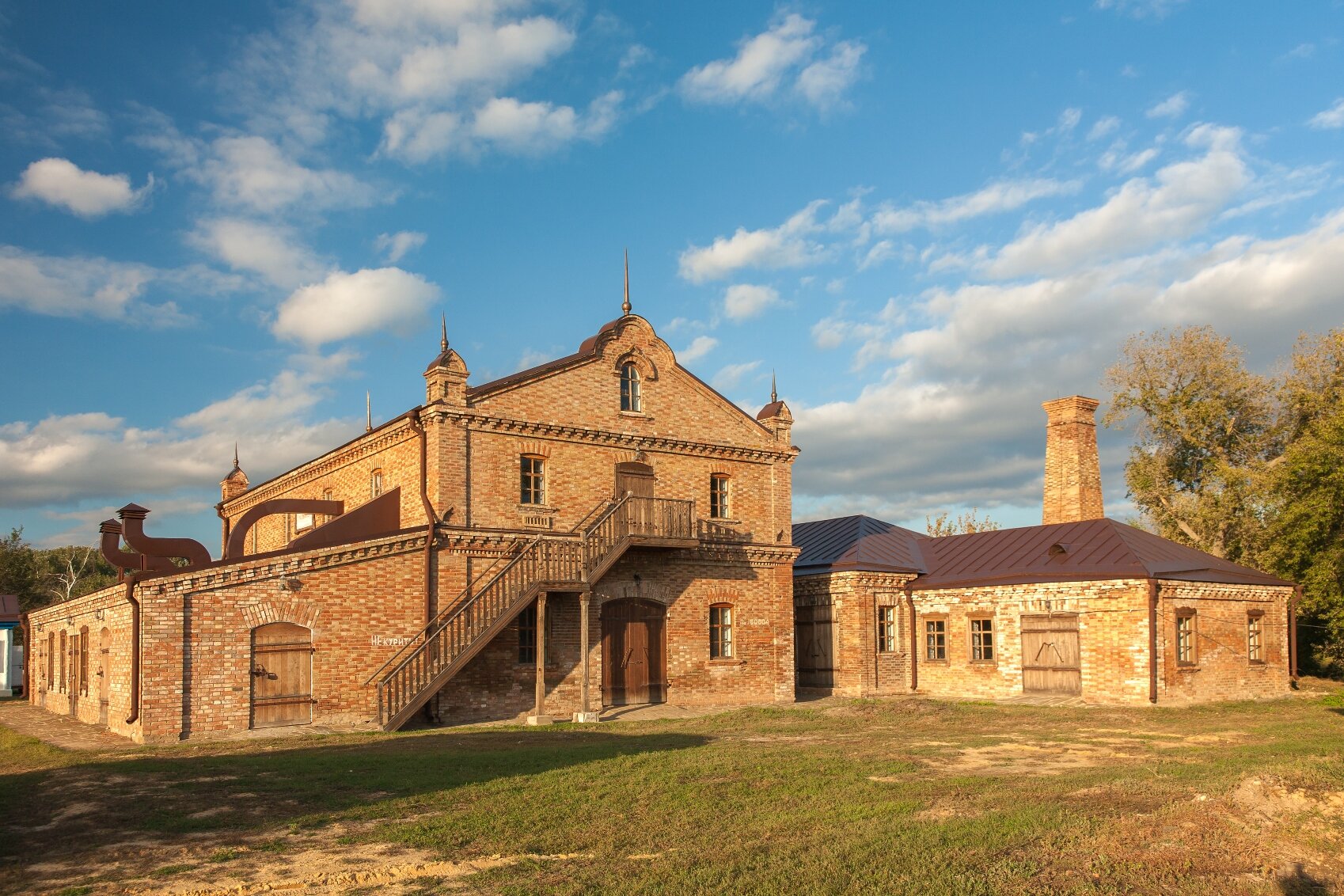
The Rostov region is characterized by a distinctive culture (Don Cossacks). The tourist centers of the region are the cities of Rostov-on-Don, Novocherkassk, Azov, Taganrog, as well as Aksaysky, Azov, Neklinovsky, Ust-Donetsk, Belokalitvinsky, Tsimlyansky, Sholokhov districts. Large water bodies for the development of beach tourism are the Sea of Azov, Tsimlyanskoye, Veselovskoye, Proletarskoe reservoirs, and the Don River.
2. The tourist potential of the region is determined by the following groups of attractions:
- natural - specially protected natural areas that occupy 2.3 percent of the total area of the region (Rostovsky State Nature Reserve, Tsimlyansky, Gornensky, Left-Bank State Nature Reserves; Donskoy Nature Park, 41 protected landscape, 20 protected natural sites; 15 specially protected natural areas of local importance);
- recreational (Starocherkassk Historical and Architectural Museum-Reserve, Archeological Museum-Reserve "Tanais", theaters and museums);
- handicraft (Semikarakorsk ceramics);
- gastronomic (Don crayfish, Don ear, Don kvass, Don wine, stockfish, dried fish and others).
A large number of cultural events are held annually in the Rostov Region. Among the most famous are events with historical roots and folklore: the All-Russian festival of military-historical clubs “The Siege of Azov”, dedicated to the Azov siege seat of the Don Cossacks in 1641, the historical reconstruction “The Defense of Taganrog of 1855”, the International Literary and Folk Festival “Sholokhov Spring” ", The literary and ethnographic festival" Kruzhilinsky Toloki ", the festival of Don viticulture and winemaking" Don vine "and the gastronomic holiday" Don Don ", as well as modern, popular mass and elite art: the international jazz festival “Rostov Jazz Invites!”, the festival “Umbrella Morning or Cultural Shock” and many others.
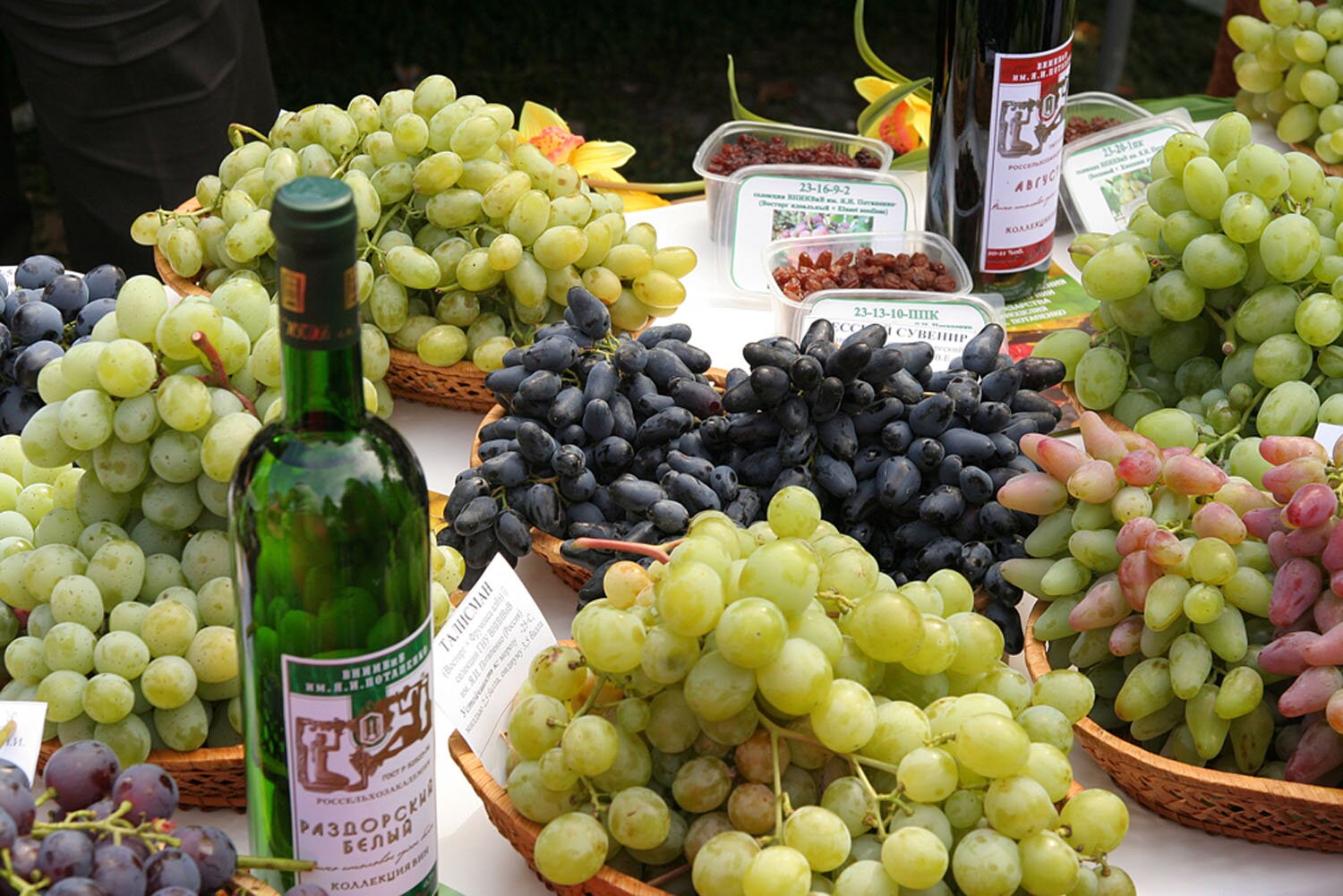
The above factors together create attractive conditions for the influx of tourists and migrants into the region.
3. The population and labor resources of the Rostov region.
The region is characterized by a high population: as of January 1, 2019 - 4,202.3 thousand people, or 2.9 percent of the total population of the Russian Federation (6th place in the Russian Federation and 2nd place in the Southern Federal District). The Rostov region is characterized by a moderate level of urbanization corresponding to the specifics of the economic development of the territory, as well as the presence of one of the country's largest agglomerations (the Rostov agglomeration has about 2.6499 million people - 3rd place in population). In the region, a business-friendly ratio of relatively low salaries has been formed with a high level of qualification of specialists in a number of industries (for example, in the IT industry).
According to the labor force surveys in the Rostov Region, the number of workforce aged 15 years and older in 2018 amounted to 2,132.5 thousand people, which corresponds to the 6th place in the rating of the constituent entities of the Russian Federation for this indicator.
The share of highly skilled workers in the total number of skilled workers in 2018 amounted to 27.7 percent.
The employment level of the population of the Rostov region aged 15 and over in 2018 amounted to 56.9 percent, which is 2.9 percentage points lower than the national average, but similar to the average for the Southern Federal District. The overall unemployment rate in 2018 amounted to 5.1 percent - this is one of the lowest rates in the Southern Federal District, which, however, is higher than the average Russian level by 0.3 percentage points. According to the level of general unemployment among the constituent entities of the Russian Federation, Rostov Region occupied the 44th place in 2018 (the place was determined on the basis of ranking in ascending order of the indicator).
The high number and qualification of labor resources in the Rostov region is ensured by a significant number of specialists annually trained by regional educational institutions of higher education - about 40 thousand specialists, bachelors, masters.

4. Scientific, educational and innovative environment of the Rostov region.
The Rostov Region has a powerful research base and a developed multilevel network of educational organizations that provide public access to educational services in both large cities and small towns, and are capable of responding to the demands of the economy in training and advanced training of personnel.
The educational complex of the Rostov region has more than 3,000 educational organizations of all forms, types and types and is one of the largest educational complexes in the country.
Higher education in the region is represented by 9 state and 5 non-state educational organizations of higher education, among which 1 federal university - SFedU and 1 core university - DSTU.
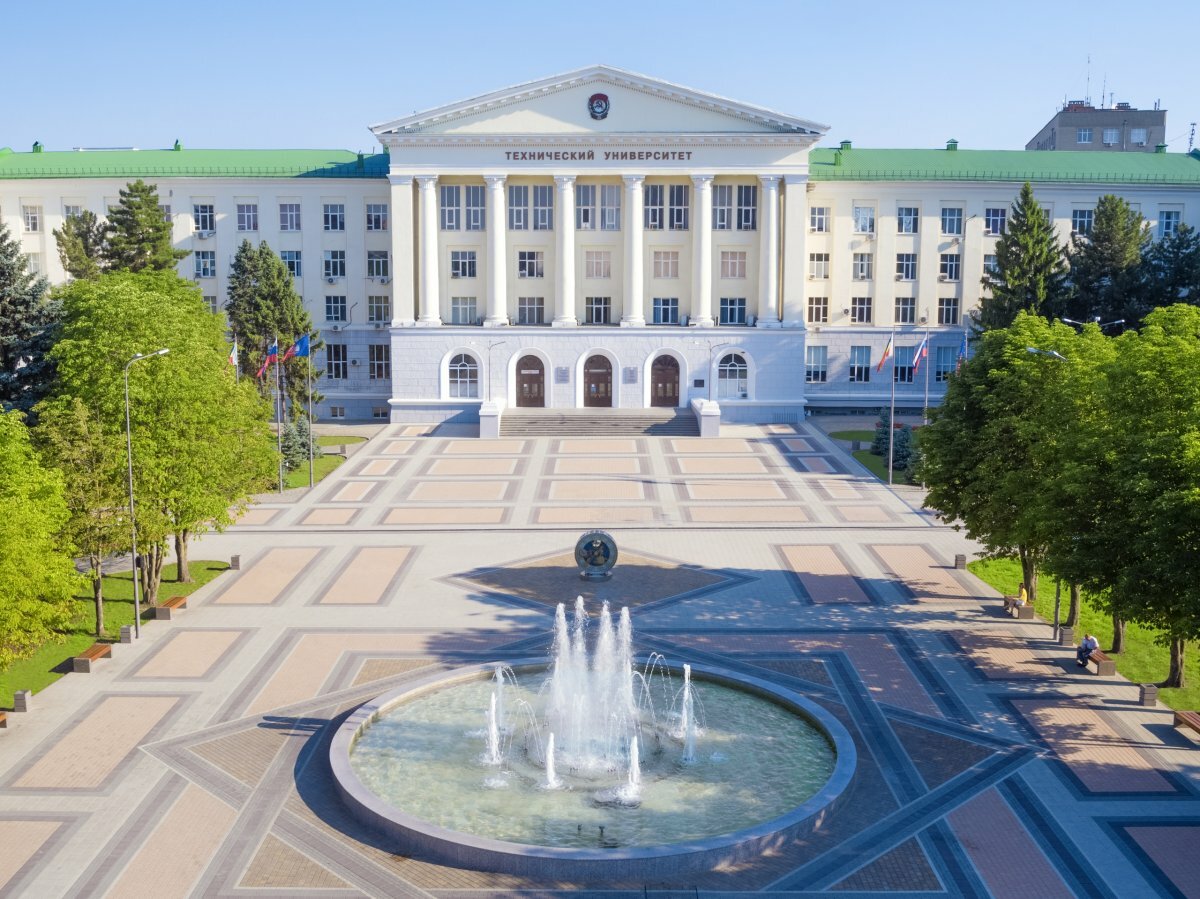
On the territory of the region and beyond, there is a wide network of branches of educational organizations of higher education. The leading branch enterprises of the region have basic (corporate) departments of higher education educational organizations.
Secondary vocational education in the region is represented by 119 educational organizations of various departmental affiliations, including 97 subordinate to the Ministry of General and Professional Education of the Rostov Region. Also in the region there are: 22 regional industry resource centers for training workers and specialists, 5 production sites based on organizations in the Rostov Region, 6 multifunctional centers for applied qualifications, 5 specialized competence centers for Worldskills Russia.
In the Rostov region, multidisciplinary and sectoral scientific institutions are actively developing, including:
- Southern Scientific Center of the Russian Academy of Sciences;
- Federal State Budget Scientific Institution "Agricultural Scientific Center" Donskoy "(hereinafter - FGBNU" ANC "Donskoy")
- Federal State Budget Scientific Institution “Federal Rostov Agrarian Scientific Center” (FGBNU FRANTS);
- Russian Research Institute of Land Reclamation Problems;
- All-Russian Scientific Research Institute of Meat Industry named after V.M. Gorbatov;
- North Caucasian Zonal Research Veterinary Institute.
A powerful sector of research and development has been formed in the Rostov Region, which is engaged in the production of innovative ideas and new technologies. For every 10,000 people in the Rostov Region, 1.45 are patent applications for inventions. The number of employees performing research and development is 12,622 people (9th place in the ranking of Russian regions).
The region has developed a network of innovative infrastructure. Innovative training is provided by 11 innovatively oriented educational organizations of higher education. A wide range of services to subjects of innovation is provided by the ANO Innovation Agency of the Rostov Region, organizing the work of a cluster development center, a regional integrated center, a regional engineering center, a business accelerator, and a representative office of an innovation promotion fund.
The region also has:
- 10 innovation and technology centers: non-profit partnership "Innovation and Technology Center" InTechDon "(Novocherkassk), non-profit partnership" Southern Laser Innovation and Technology Center "(Taganrog) and 8 specialized innovation and technology centers at SFU;
- 20 centers of collective use (at educational institutions of higher education) providing access to high-tech, modern equipment for the development of prototypes and small-scale production of new products (14 on the basis of SFU, 3 on the basis of DSTU, 2 - SRSTU, 1 - Rostov State Medical University);
- Representation of the Fund for the Promotion of the Development of Small Forms of Enterprises in the Scientific and Technical Field in the Rostov Region;
- 4 centers of youth innovative creativity “Fablab Technocrate”, “ROBOTSchool”, “Fablab Generator”, “ROBOTOCOT”;
- IT incubator "South IT Park";
- industrial coworking "Garage".
- Infrastructure of the Rostov region.
The infrastructural basis of the socio-economic development of the Rostov region is the formed material capital, which includes engineering, energy, transport, production and social infrastructure.
5. Engineering and energy base of the Rostov region.
The Rostov Region is an energy-rich region with a surplus electro-balance (in 2018, total electricity generation - 42.1 billion kWh, total consumption - 19.3 billion kWh). On the territory of the Rostov region, all the main types of power generation are represented. The total capacity of power plants is more than 6,000 MW. Among the energy producing regions of the Southern Federal District, Rostov Region ranks first.

As of 01.01.2019, the gasification level of the Rostov Region was 88.33%. The length of inter-settlement and intra-settlement gas pipelines in the Rostov Region is more than 42 thousand km, including about 24 thousand km in rural areas.
6. Transport infrastructure of the Rostov region.
The status of a transport hub in the Rostov Region is ensured by the availability of all types of transport infrastructure, including a developed road and rail network, three seaports operating in year-round navigation mode (Rostov-on-Don port, Azov port and Taganrog port), Rostov-on-Don international airport (Platov) (the first major airport built from scratch in the modern history of Russia and the largest airport in the Southern Federal District).
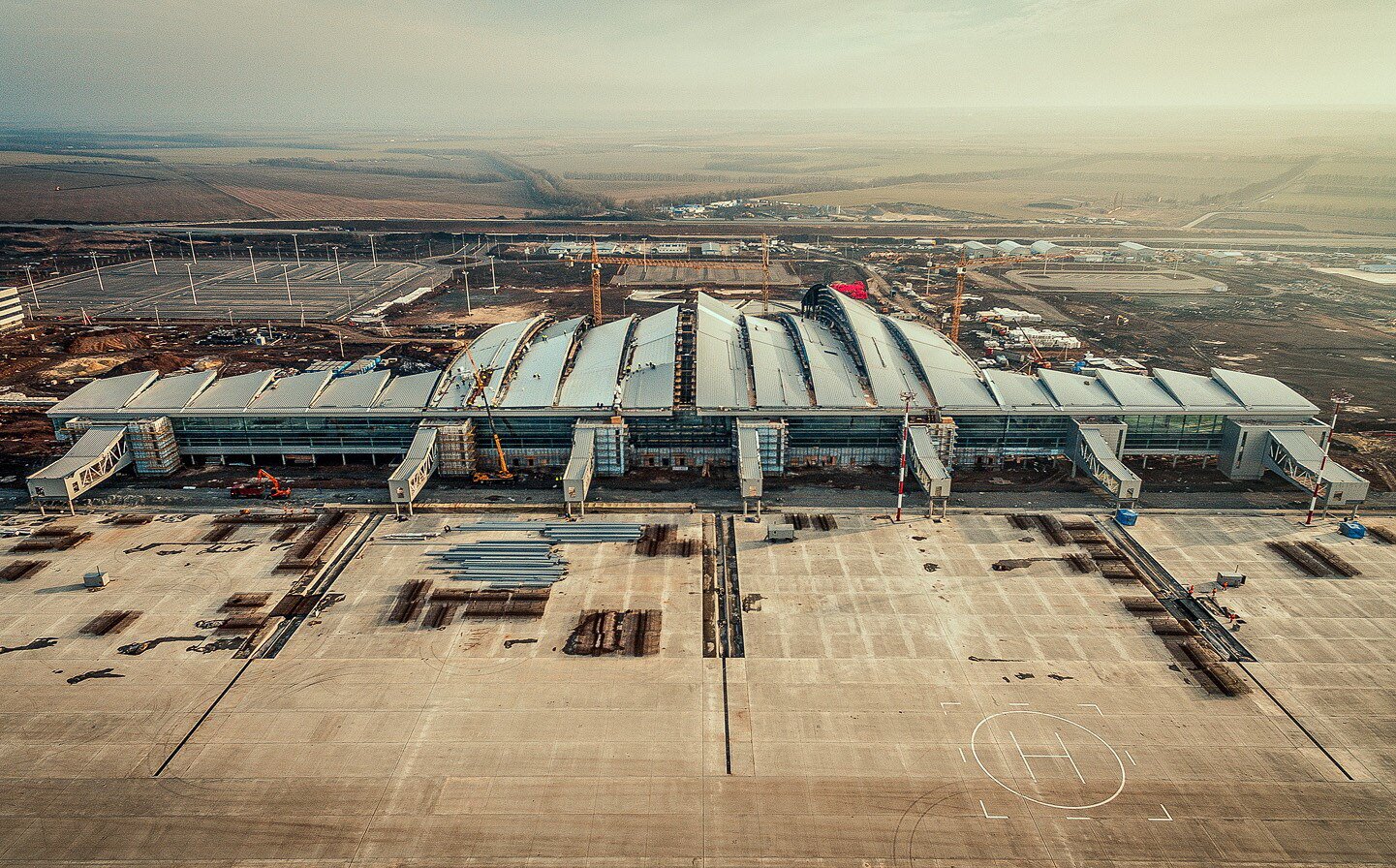
Due to its favorable geopolitical position and developed transport infrastructure, the Rostov Region has significant transit potential, including in the system of international transport corridors, five of which pass through the region.
Developed transport links with Russian regions and foreign countries contributes to the development of industry, agriculture, trade and tourism infrastructure (more than 500 collective accommodation facilities).
7. Telecommunication infrastructure of the Rostov region.
The telecommunication complex of the Rostov region is developing in the context of the global trend for digitalization. The coverage of the territory of the Rostov Region with mobile radiotelephone (cellular) communication makes up more than 90 percent, 3G networks, as well as 4G (LTE) networks, 99.74% of the population have the ability to receive the first multiplex television channels in digital quality. The entire network of post offices in the region (1,130 sites) has been transferred to the new software “Unified Automated System of Post Offices”.
8. Business infrastructure of the Rostov region.
Developed business infrastructure in the Rostov region meets the entire spectrum of needs of business entities. Potential investors are provided with a wide selection of locations to reduce costs when implementing investment projects: 7 industrial zones (Krasnosulinskaya, Novoaleksandrovskaya, Yuzhno-Batayskaya, Gukovskaya, Donetsk, Azov, Ust-Donetsk) and about 60 investment sites. For start-up entrepreneurs, 8 coworking centers and 4 business incubators have been created and are functioning in the region. Developed congress and exhibition infrastructure of the Rostov region is focused on business events of any level.
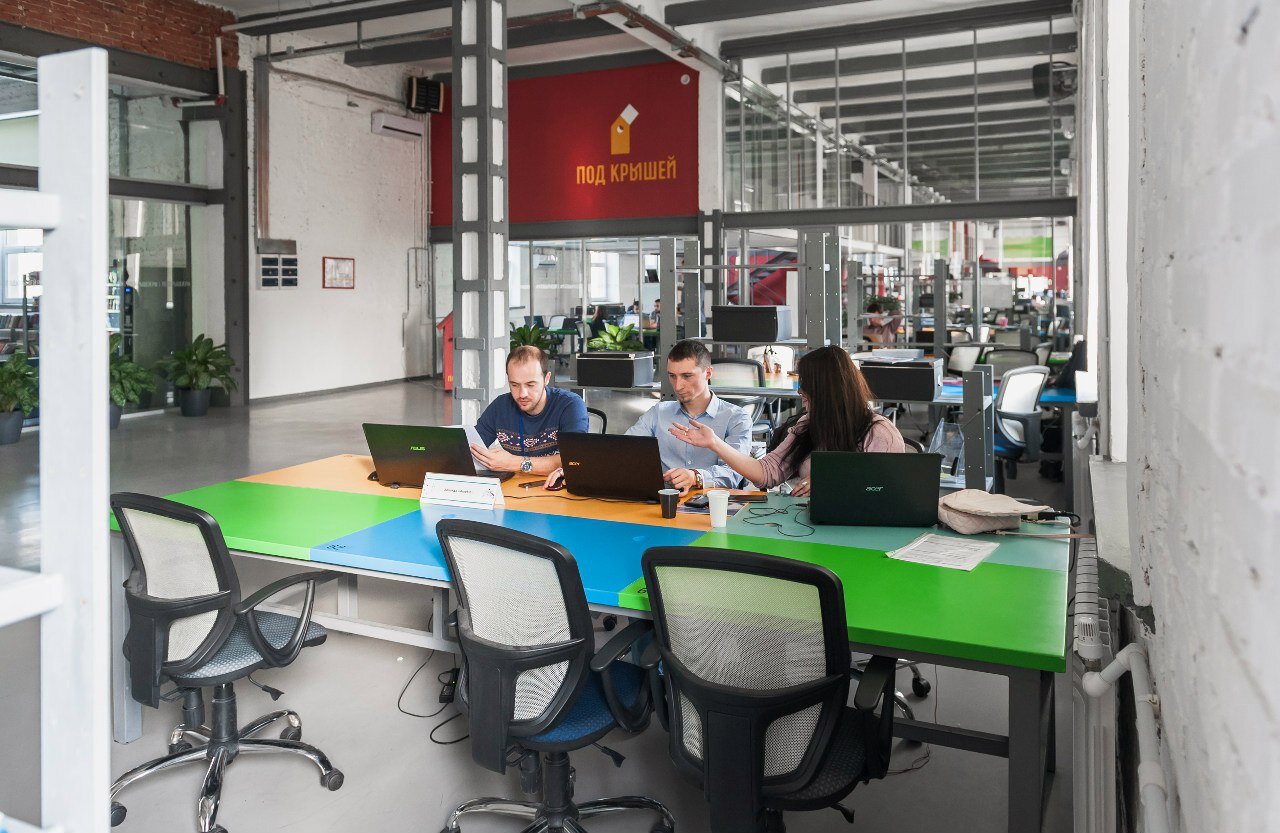
The region is “home” in origin and localization for a significant number of large enterprises with their own research base, design potential, large production facilities, a wide dealer network, significant experience in export activities (LLC “KZ“ Rostselmash ”, LLC“ PC “Novocherkassky electric locomotive-building plant ”, PJSC Rostvertol, PJSC TANTK named after G.M.Beriev, LLC PKF Atlantis-Pak, OJSC TKZ Krasny Kotelshchik, branch of AEM-technology JSC Atommash). In addition, the industrial potential of the region is a complex of diversified medium- and high-tech enterprises.
9. Social infrastructure of the Rostov region.
The social infrastructure of the region is focused on the comprehensive development of human capital.
In the Rostov region, a wide network of medical institutions has been formed, among which a significant number provide high-tech medical care. A competitive advantage is the presence of such unique medical organizations as the Federal State Budgetary Institution "Rostov Research Cancer Institute", GBU RO "Center for Restorative Medicine and Rehabilitation No. 1", GBU RO "Perinatal Center".
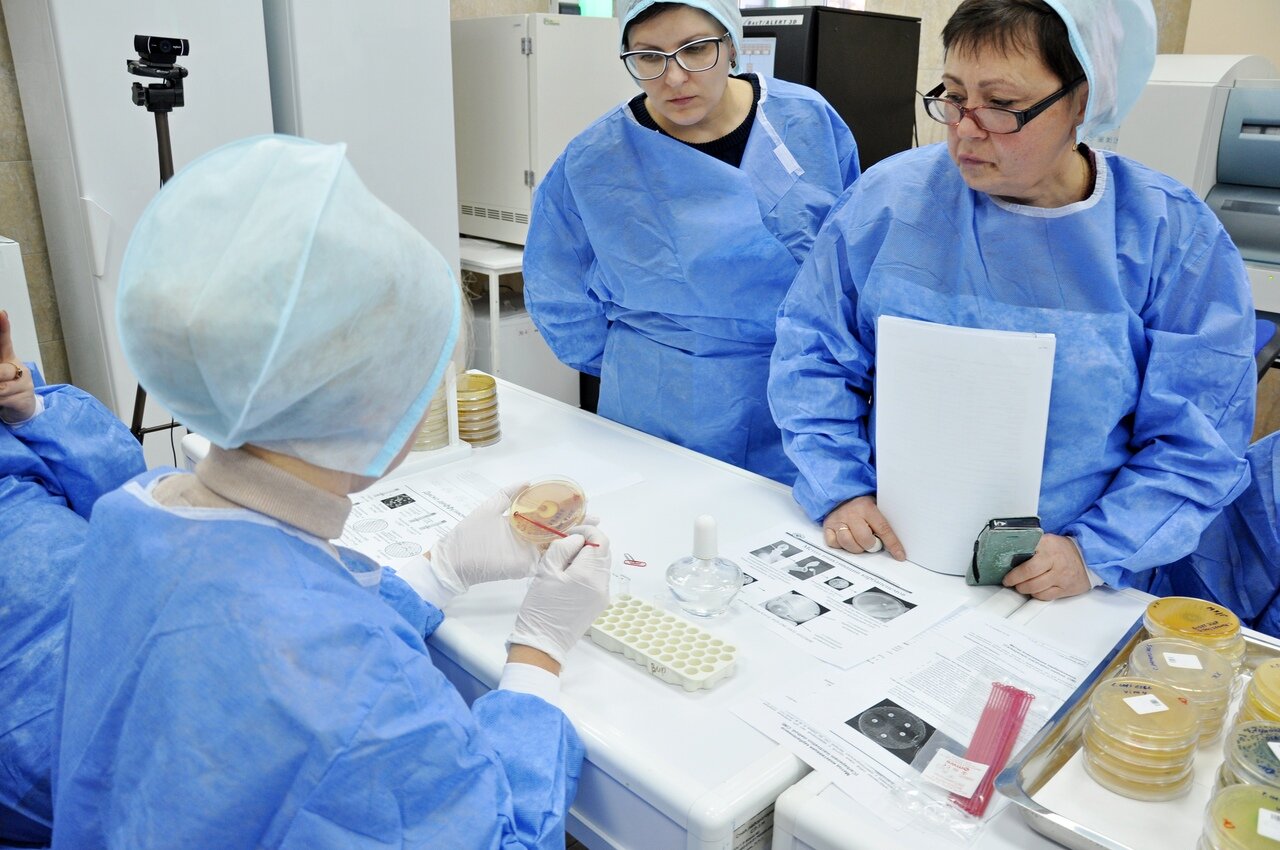
The deep cultural traditions of the region are reflected in the developed network of cultural institutions, which includes the Regional House of Folk Arts, more than 1,270 club institutions, 43 museums, 8 professional theaters, 1 circus and 1 zoo. In the Rostov region there is one of the largest networks of public libraries and a developed reading infrastructure.
Sports infrastructure of the Rostov region includes more than 10 thousand sports facilities. In 2018, the level of provision of the population with sports facilities amounted to 56.7 percent.
The sphere of social protection of the population of the Rostov Region is represented by 179 social service providers included in the Register of Social Service Providers of the Rostov Region, 32 of which are non-state.
10. Regional market.
Rostov Region is one of the largest consumer markets in Russia. In 2018, retail sales amounted to 920.8 billion rubles, which corresponds to the 6th place in the ranking of Russian regions. The volume of paid services to the population amounted to 223.2 billion rubles, the turnover of catering - 39.6 billion rubles. The wholesale turnover in 2018 amounted to 1,779.8 billion rubles. The region has concentrated a significant solvent demand for communications services and information and communication technologies from organizations and the public.
The Rostov region is characterized by a developed multi-format infrastructure of wholesale and retail trade, providing maximum availability and a wide range of goods, including local manufacturers. The logistics infrastructure is quite developed, there are storage facilities of classes “A” and “B” that apply innovative approaches and solutions in cargo handling.
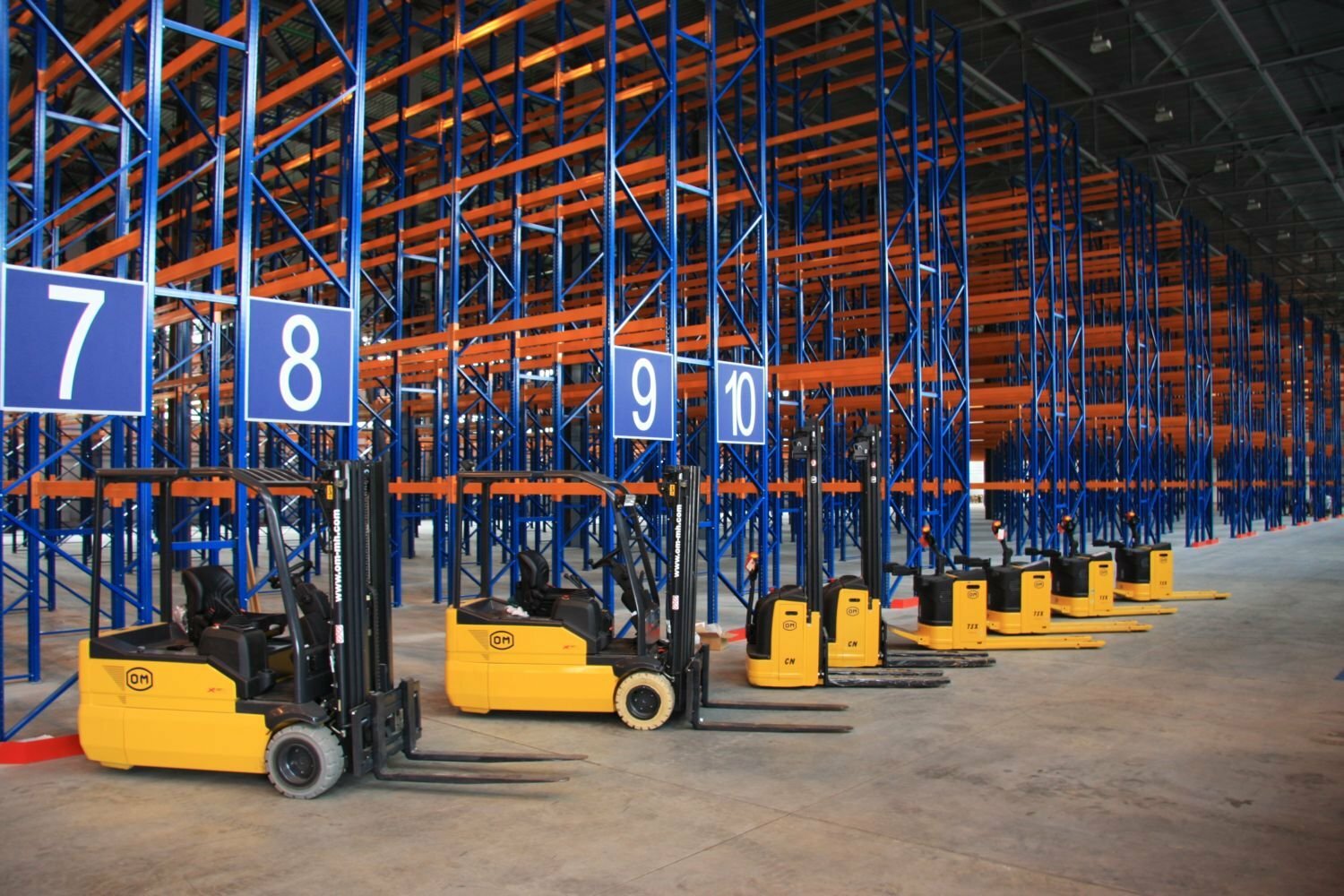
At the end of 2018, 34,239 stores carried out trading activities in the region, with a total trading area of more than 3.1 million square meters. meters. The regional market is attractive to major international and federal retailers. In the Rostov region, there are such well-known international trading networks as Metro, Zelgros, Auchan, Fix Price, Leroy Merlin, IKEA, Castorama. Among the federal retail chains, Magnit, Perekrestok, Pyaterochka, O'KEY, Lenta, Pochochka and others are represented. They compete with regional trading networks: LLC Apex Plus, LLC Assorted Trading, LLC Solar Circle.
11. The financial sector of the Rostov region.
Rostov Region is a leader in the south of Russia in terms of activity of credit organizations and their branches. A developed financial infrastructure has formed in the region, a market for financial support services for economic activities (leasing, audit, evaluation) has been developed. The region holds a leading position in the Southern Federal District in key indicators of the development of infrastructure in the banking and insurance sectors.
7 regional credit organizations are localized in the Rostov Region (the region shares the 1st and 2nd place with the Krasnodar Territory in the Southern Federal District), including: PJSC CB Center-invest, LLC CB RostFinance, PJSC Taganrogbank, PJSC CB “Selmashbank”, PJSC Doncombank “, LLC“ ZEMKOMBANK ”, MKB“ Don-Texbank ”. The number of branches of credit organizations in the region is
28 (1st place in the Southern Federal District), including branches of the largest Russian commercial banks and banks with foreign participation.
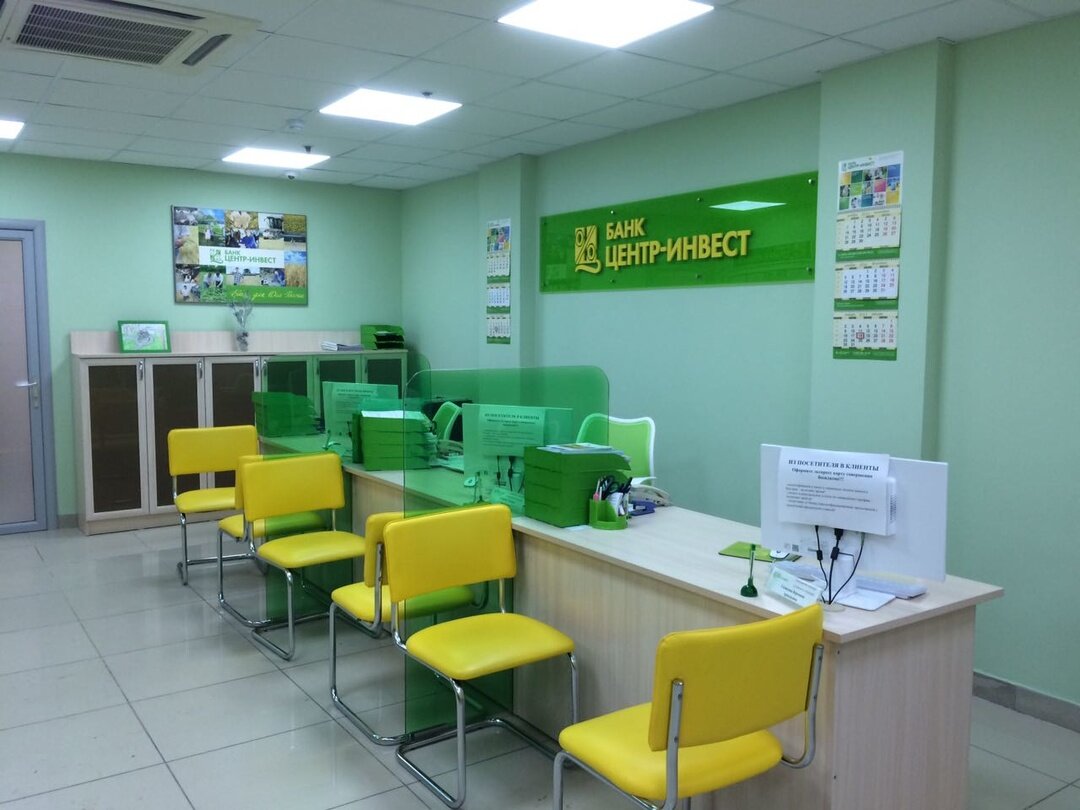
As of January 1, 2019, the volume of deposits (deposits) of legal entities and individuals (in rubles) attracted by credit organizations amounts to 639,995 million rubles, which corresponds to the 8th place among Russian regions and the 2nd place in the Southern Federal District (the share of the Rostov region on this indicator in the Russian Federation is 1.5 percent).
As of January 1, 2019, the volume of loans granted to legal entities - residents and individual entrepreneurs in rubles amounted to 765 547 million rubles, which corresponds to the 8th place among Russian regions and the 2nd place at Southern Federal University (the share of the Rostov region in this indicator in the Russian Federation - 1.9%.
Among the institutional mechanisms that increase the financial literacy of the population, it is worth noting the Center for Financial Literacy - a joint project of PJSC CB Center-invest and the Southern Federal University.
The infrastructure of the stock market of the Rostov region is of particular importance, namely: a significant number of issuers, a significant number of professional market participants - investment companies, credit organizations, insurance companies, mutual investment funds (UIFs), non-governmental pension funds (NPFs) and other institutions with a license for brokerage, dealer activities, securities management and custody activities. In the Rostov region is the southern branch of the Moscow Exchange, a branch of the National Association of Stock Market Participants (NAUFOR). A self-regulatory organization, the Professional Association of Registrars, Transfer Agents and Depositories (PARTAD), operates in the region.
12. Institutional conditions.
In the Rostov Region, institutional conditions have been created for the sustainable development of all key areas that are part of the region's economic, social and spatial policies.
In the framework of economic policy, it is worth noting the developed legislative framework in the field of investment. Priorities for the investment development of the Rostov Region are determined by the Investment Development Strategy of the Rostov Region until 2030. The investment policy of the Government of the Rostov Region is implemented by the Investment Council under the Governor of the Rostov Region.
The system of regional development institutions is represented by the following structures:
- NP "Investment Development Agency of the Rostov Region";
- JSC "Regional Development Corporation";
- Non-profit partnership “Guarantee Fund of the Rostov Region”;
- Non-governmental organization “Regional Fund for the Development of Industry of the Rostov Region”;
- ANO "RRAPP";
- ANO "Agency for Innovations of the Rostov Region";
- Union "Chamber of Commerce and Industry of the Rostov Region";
- Union of Employers of the Rostov Region;
- Center for Entrepreneurship Support "Business Ecosystem";
- Commissioner for the Protection of the Rights of Entrepreneurs in the Rostov Region;
- business incubators of the Rostov region;
- microfinance organizations;
- other public associations.

The investment attractiveness of the region for the location of manufacturing is growing, including due to the status of TOSED in 3 urban districts - Gukovo, Zverevo, Donetsk. On the territory of these municipalities, a special legal regime has been established for entrepreneurial and other activities in order to create favorable conditions for attracting investments, ensuring accelerated socio-economic development and creating comfortable conditions for ensuring the livelihoods of the population.
The complex of financial support for investors includes the following tools: preferential taxation; subsidizing; credit assistance; property support; grant support. Non-financial instruments contain administrative, organizational, informational, consulting and promotion support.
In the framework of export support, a set of measures has been formed for organizational and informational and consultative support, focused on existing and potential exporting organizations of the Rostov Region. The export support infrastructure has been developed: ANO “Export Support Center”, Regional Integrated Center NP “ERTSIR of the Rostov Region”, a separate division of the Russian Export Center in Rostov-on-Don. The region has a specialized Export Council under the Governor of the Rostov Region.
In the Rostov Region, considerable attention is also paid to supporting small and medium-sized enterprises (hereinafter - SMEs). The main forms of support for SMEs in the Rostov Region include property, financial, consulting, organizational support; support of foreign economic activity, youth entrepreneurship, innovative activity; as well as municipal entrepreneurship support programs in cities and districts of the region.
The social policy of the region is characterized by the active actions of authorities in the framework of all key areas of social support of the population, in particular:
- active state support of citizens in the acquisition of housing is carried out, including through the implementation of regional housing programs;
- a set of measures is in place to support motherhood and childhood: 16 types of benefits and payments (8 regional), including monthly payments for the third and subsequent children, regional maternity capital, lump-sum payment to families in connection with the birth of three or more children at the same time, assistance to young families in improving housing conditions;
- Favorable institutional conditions have been created for the development of social partnership in the world of work: the regional project “Zero Injury” operates at the Don enterprises;
- a system of state support for youth in various areas has been developed (support for children and youth associations, talented youth, support for youth in matters of purchasing housing, and others);
- Artistic activity is actively supported: annual one-time payments are made by the Governor of the Rostov Region to stage veterans, masters of folk culture and film veterans, and prizes are awarded to the Governor of creative intelligentsia.
- The spatial policy of the region is characterized by measures to stimulate the development of infrastructure and preserve the natural environment.
In the field of engineering and energy infrastructure of the Rostov region, the use of concessions is actively practiced.
In the field of municipal solid waste management, the priority program “Formation of an integrated waste and secondary material management system in the Rostov Region” is being implemented, according to which by the end of 2019, 8 inter-municipal environmental waste processing complexes will be built within 8 areas of the region: Novocherkasskaya, Volgodonskaya , Krasnosulinskaya, Millerovskaya, Myasnikovskaya, Salskaya, Neklinovskaya, Morozovskaya.
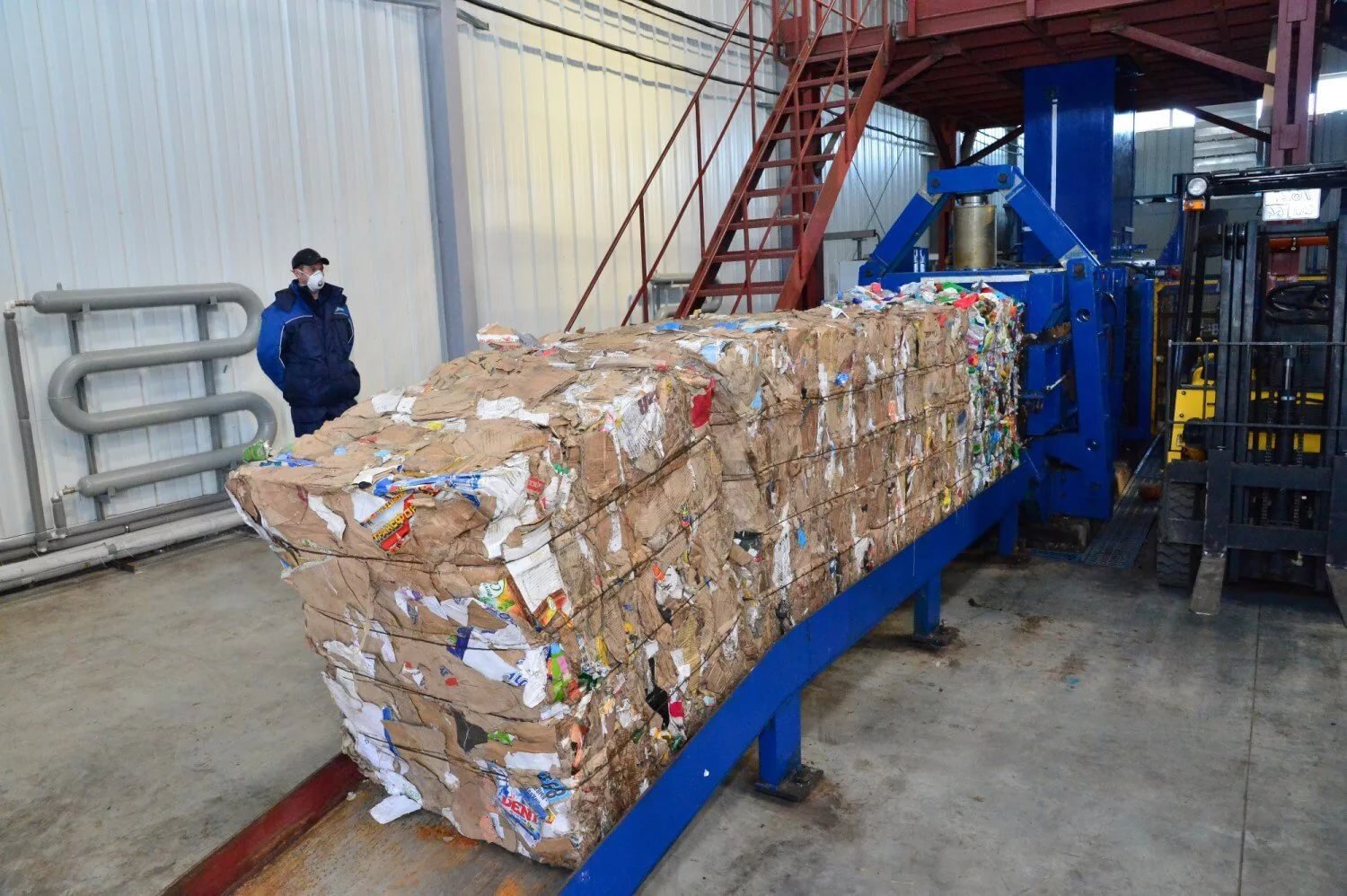
In the field of transport infrastructure in the region, special attention is paid to road safety issues. In the Rostov Region, there is the State Center for Road Traffic Safety ROK, which carries out activities to support the video recording system, as well as the Commission for Traffic Safety under the Government of the Rostov Region.
In the field of information and communication infrastructure, measures are being taken to ensure wide and equal access to the existing infrastructure of telecom operators and simplify the procedures for connecting and commissioning telecommunication facilities.
In the field of ecology, vigorous environmental activity is being carried out, especially with regard to the conservation of rare species of fauna and flora of world, national and regional significance (including as part of the Red Book of the Rostov Region). The region also has a Coordinating Council for the Protection of the Environment and the Use of Natural Resources.
Published at: 27.03.2013, 04:00:00
| Updated at: 09.07.2020, 14:10:35
 Home
Home



 For the visually impaired
For the visually impaired Investment map
Investment map











